
Chemical Tankers / Day 4 / Day 4 Topic 2 Cargo Quantification
.pdf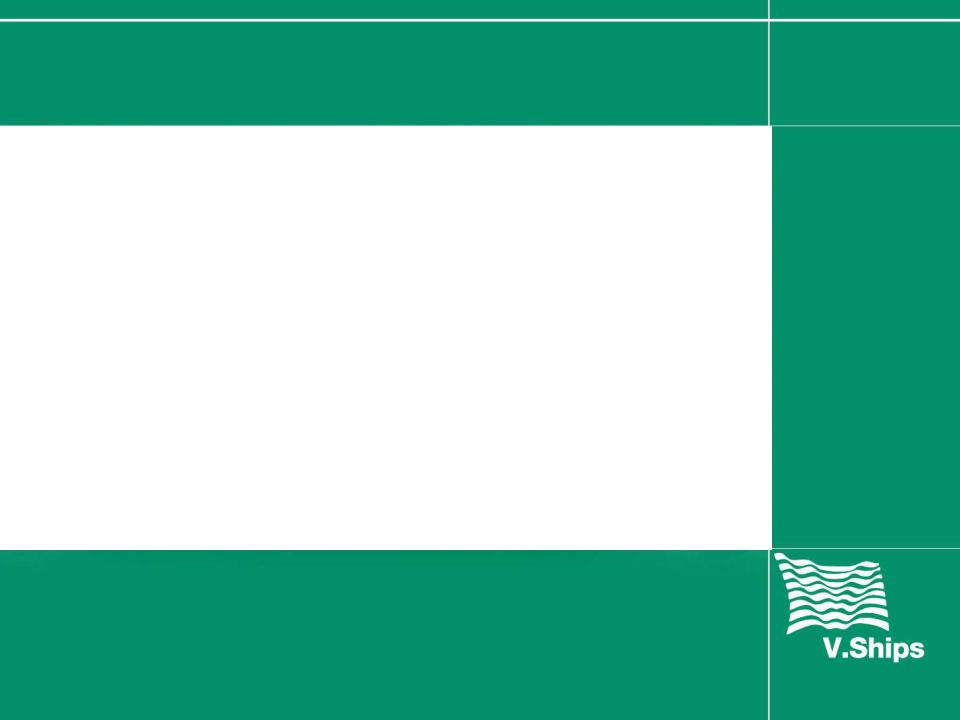
To calculate C/F: |
|
|
|
Obtain dVCF: |
(VCF at 60°F = 1.000) |
||
1 - VCF at temp |
= |
dVCF |
|
dVCF |
= |
VCF per °F |
|
temp interval dT |
|
|
|
VCF per °F x L/W |
= |
Corr per °F |
|
Corr per °F x 1.8 = Corr per °C |
(or ÷ by 0.556) |
||
Chemical Training

Chemical Training Course – Cargo calculations.
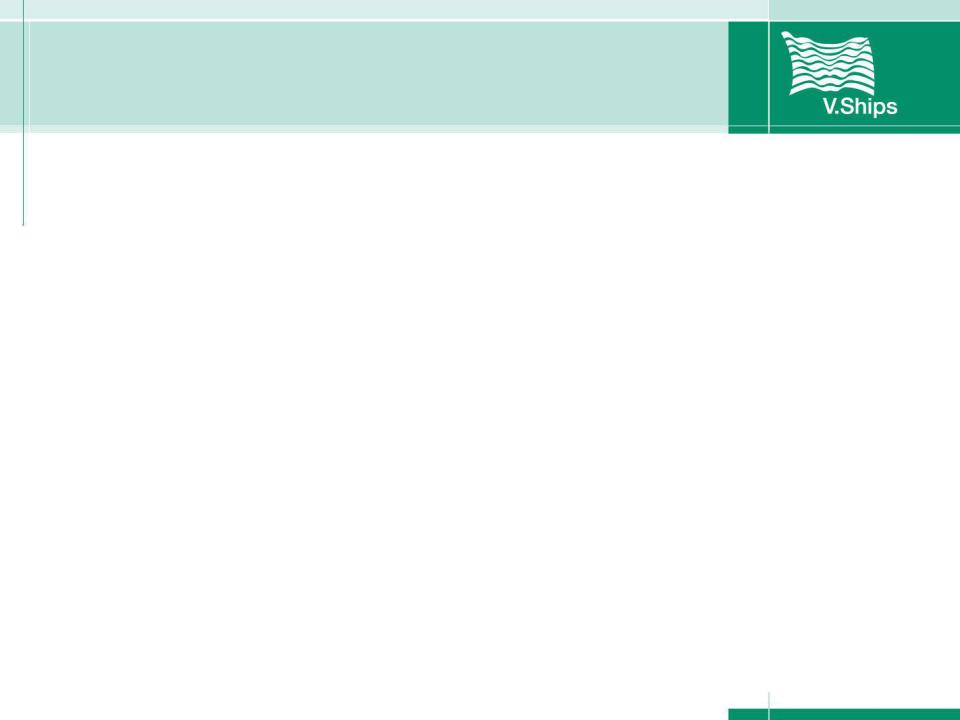
Sub Topics
2.1Information required for calculation.
2.2Associated Cargo Documentation.
2.3Calculation of cargo quantity in USA.
2.4Cargo quantity discrepancy protest.
2.5Short loading
2.6Loading restrictions and limitations and maximum filling rates.
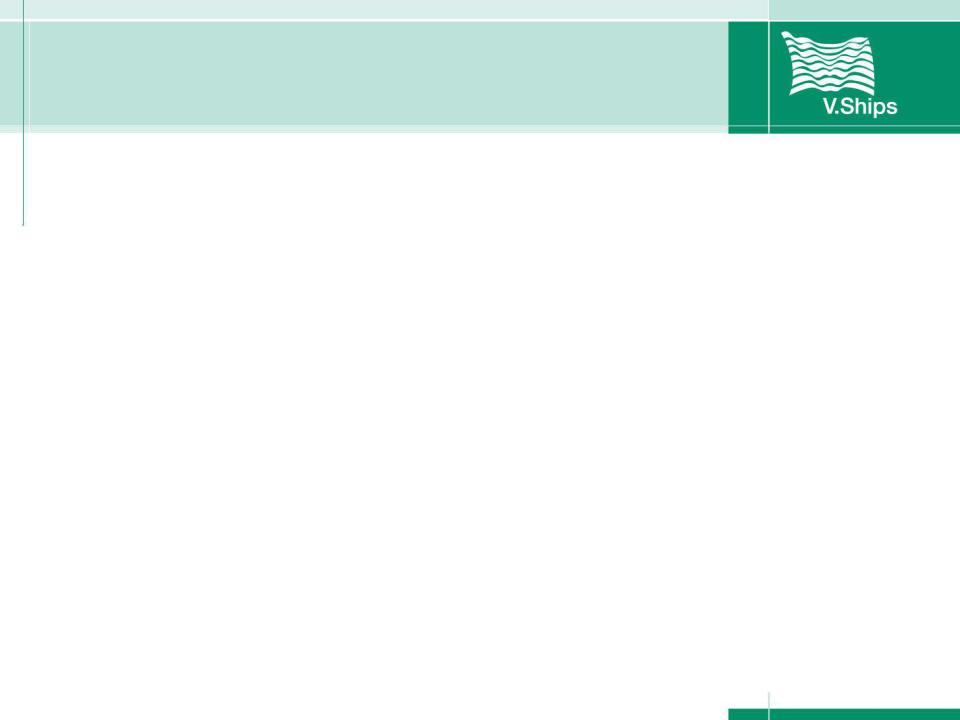
Cargo Calculations
What information is required for a Ship to quantify cargo?
Why is it important to calculate cargo quantity during cargo ops?
Discuss.
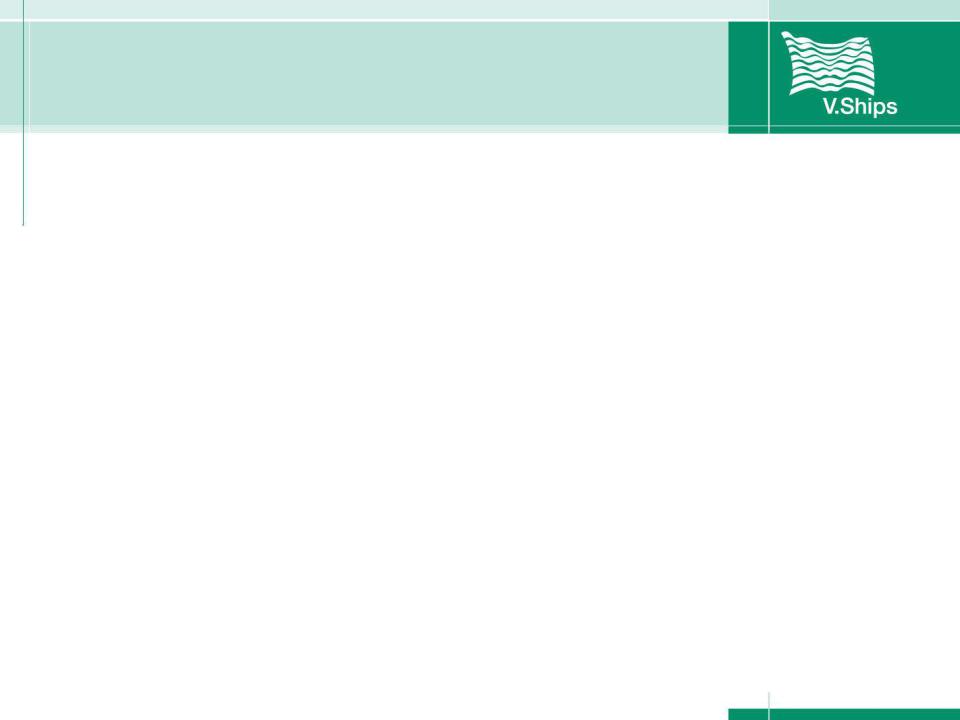
Cargo Calculations
Information Required:
Loading / Discharging Rates
Load/discharge Figures
Load/discharge Figures (US units)
Cargo Discrepancies (difference ship - shore B/L figures)
Short Loading (shore less than nominated quantity)
Loading Restrictions and Limitations
Vapour Calculations (Vapour recovery operations)
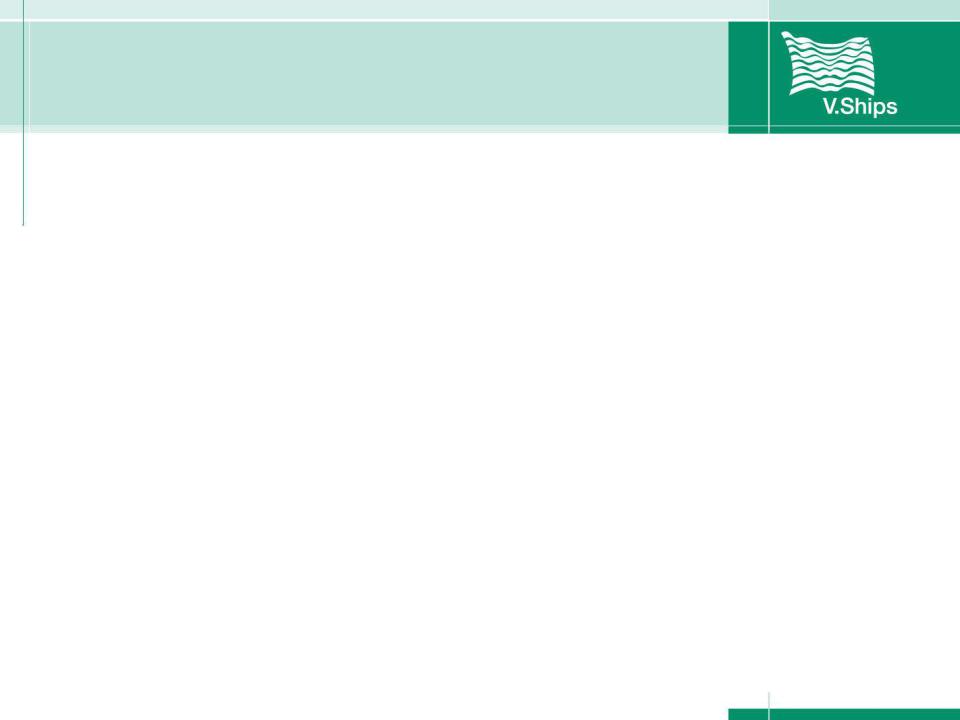
Cargo Calculations
Cargo Documentation:
Notice of Readiness (NOR).
Cargo Quantity Discrepancy Protest.
Notice of Short Loading.
Written protests for restricted discharge, berthing delays, slow terminal operations – manifold connection – slow loading rate – restricted discharge rate – manifold disconnection.
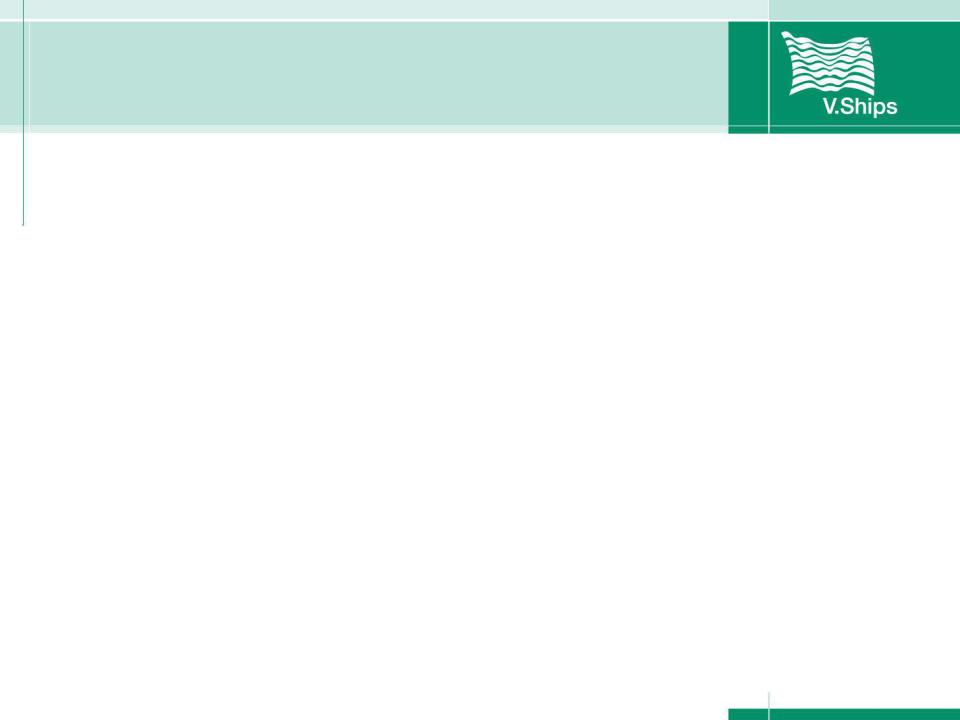
Cargo Calculations
Loading / Discharge Rate calculation - Why is this important?
Completion of tanks & Load/Discharge ops
Tank change over
“Balancing” tanks (trim and list)
Ballast
Ordering Pilots
Notifying shore authorities/Terminal
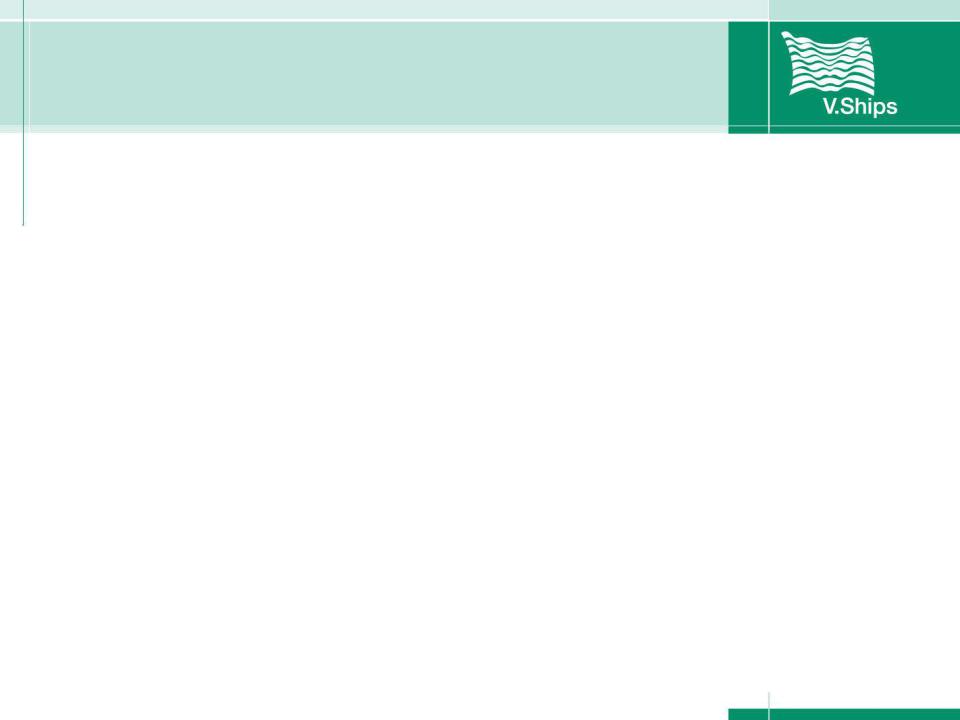
Cargo Calculations
Ships are fitted with different types of gauging equipment; some are on-line, others may rely on manual gauging
An hourly or half-hourly printout/ullaging enables easy and quick calculation of tonnes/hr or m3/hr and ETC (Estimated Time of Completion) from the ROB (Remaining on Board)
However, simple monitoring of “metres per hour” direct from the ullages will give a reasonable estimate if final ullage or total height are known
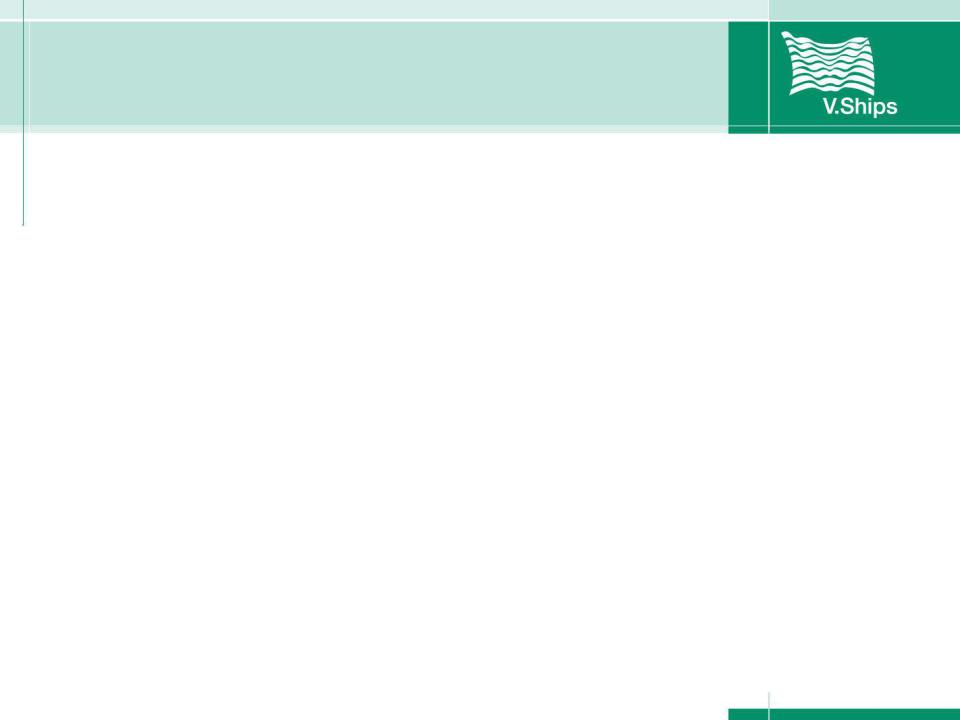
Cargo Calculations
Example 1: |
|
Parcel Total (to discharge): |
1350 mt |
1200 Readings: |
1125 mt |
1300 Readings: |
950 mt (ROB) |
Discharge rate / hr: |
175 mt |
Remaining Pumping Time: |
5.4 hrs |
Estimated Time of Completion: |
5.4hrs + stripping time |
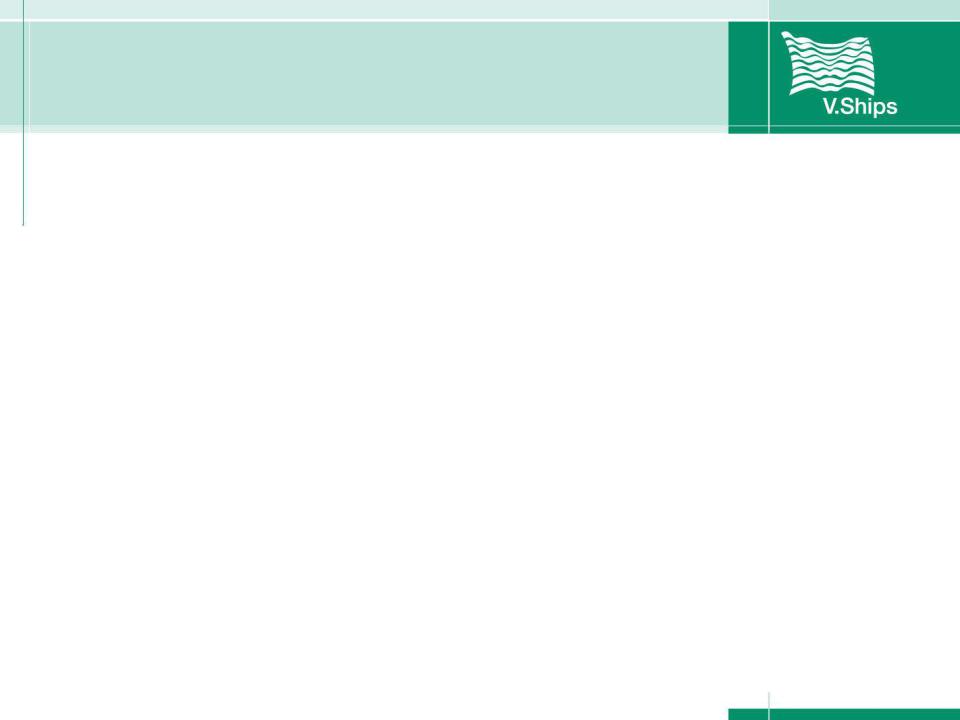
Cargo Calculations
Example 2: |
|
|
Parcel Total (To Load): 1140mt |
= |
1175 m3 |
1030 quantity: |
|
575 m3 |
1100 quantity: |
725 m3 |
Load / hr: |
300 m3 |
Remaining m3 to load: |
450 m3 |
Remaining Pumping Time: |
1.5 hrs |
Estimated Time of Completion: 12:35 hrs
(including slow down / topping off)
